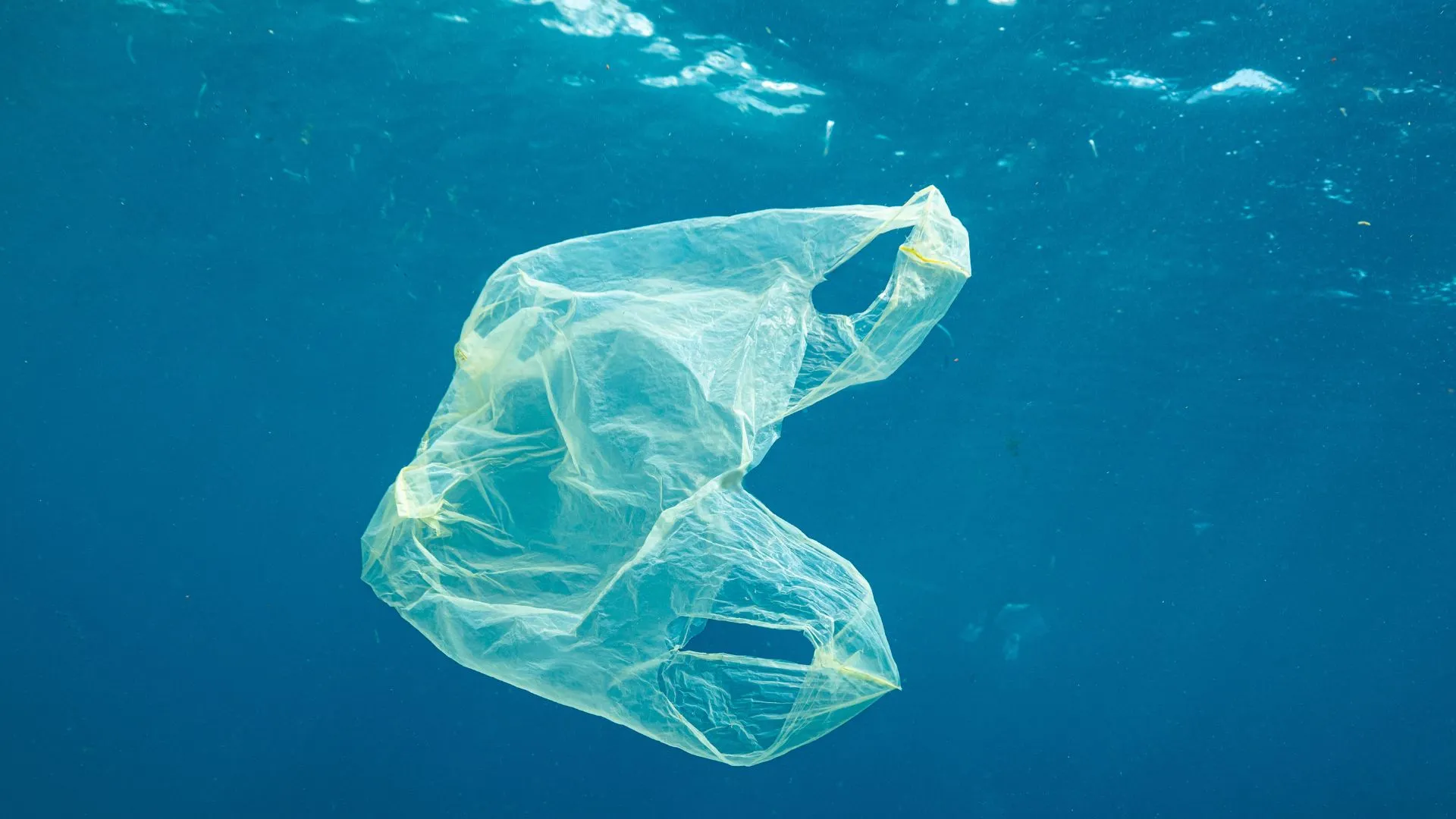
A plastic bag tossed away after grocery shopping may one day help detect toxic metals in drinking water.
Researchers in Indonesia have unveiled a ‘dazzling breakthrough’ that transforms plastic waste into glowing nanomaterials capable of sensing harmful substances in water.
Led by Dr. Indriana Kartini from the Department of Chemistry at Universitas Gadjah Mada, Yogyakarta, the work demonstrates how everyday waste can be upcycled into life-saving technology.
This study represents a shift in how we view plastic pollution. Instead of being a problem that clogs oceans and landfills, plastic could become the raw material for tools that protect human health.
From plastic waste to innovation
The world faces a persistent plastic crisis. Millions of tons of bags, bottles, and wrappers find their way into the environment every year, lasting for centuries without breaking down. Traditional recycling methods struggle to keep up, and much of this waste continues to accumulate.
The Indonesian research team took a different approach. Instead of recycling plastic into lower-grade materials, they reimagined it as a resource for advanced technology. By focusing on upcycling, they created a process where discarded polyethylene bags are converted into nanomaterials with powerful new properties.
“This is sustainability meeting smart science,” explained Kartini in a press release. “We’re not just reducing plastic waste—we’re turning it into a tool for public health.”
The innovation shows how science can tackle two global challenges: plastic pollution and access to safe drinking water.
The science of carbon quantum dots
At the heart of this breakthrough are carbon quantum dots (CQDs), tiny particles that measure less than a virus in size. CQDs have a special ability to glow when exposed to ultraviolet light. More importantly, they can act as sensors that detect pollutants at the molecular level.
Until now, producing CQDs has often required expensive or toxic raw materials, making them impractical for large-scale use. The Indonesian team, however, used waste plastic bags as their starting point.
They combined modified pyrolysis with hydrothermal treatment, and with less than 7 percent hydrogen peroxide, they transformed the polyethylene into functional CQDs. The entire process took only 10 hours.
The results were impressive. The CQDs had a quantum yield of 10.04 percent, measuring how brightly they glow. They also showed stability when exposed to UV light, high salt levels, and long-term storage conditions. This stability makes them reliable for real-world applications.
Detecting toxic metals in water
The most striking aspect of these plastic-derived CQDs is their ability to detect metals, particularly iron ions (Fe³⁺), in water.
Their surfaces contain oxygen-rich chemical groups that can selectively bind to these ions. This interaction allows the particles to act as precise sensors for contamination.
In testing, the CQDs achieved a detection limit as low as 9.50 micromoles and displayed a near-perfect correlation of R² = 0.9983 when measuring iron concentrations. Such accuracy shows the potential for these nanomaterials to be used in water quality monitoring.
Portable, affordable, and easy to deploy, these sensors could provide valuable support in communities where access to sophisticated laboratory equipment is limited.
Iron contamination is a widespread issue in drinking water, and being able to test for it quickly could help prevent health problems.
Toward a circular economy
The implications of this research go far beyond laboratory experiments. It represents a practical example of a circular economy, where waste is not discarded but transformed into valuable products.
The project demonstrates how science can convert an environmental burden into a technological asset by turning plastic bags into sensing tools.
The approach could inspire new industries focused on eco-friendly nanomaterial production. It also highlights opportunities for low-cost environmental monitoring solutions in regions facing waste management and clean water challenges. For Southeast Asia in particular, the work provides a model for how green chemistry and innovation can intersect.
Universitas Gadjah Mada is positioning itself as a hub for sustainable science. This project adds to the growing recognition that Indonesia can contribute not only to solving local problems but also to providing global solutions.



